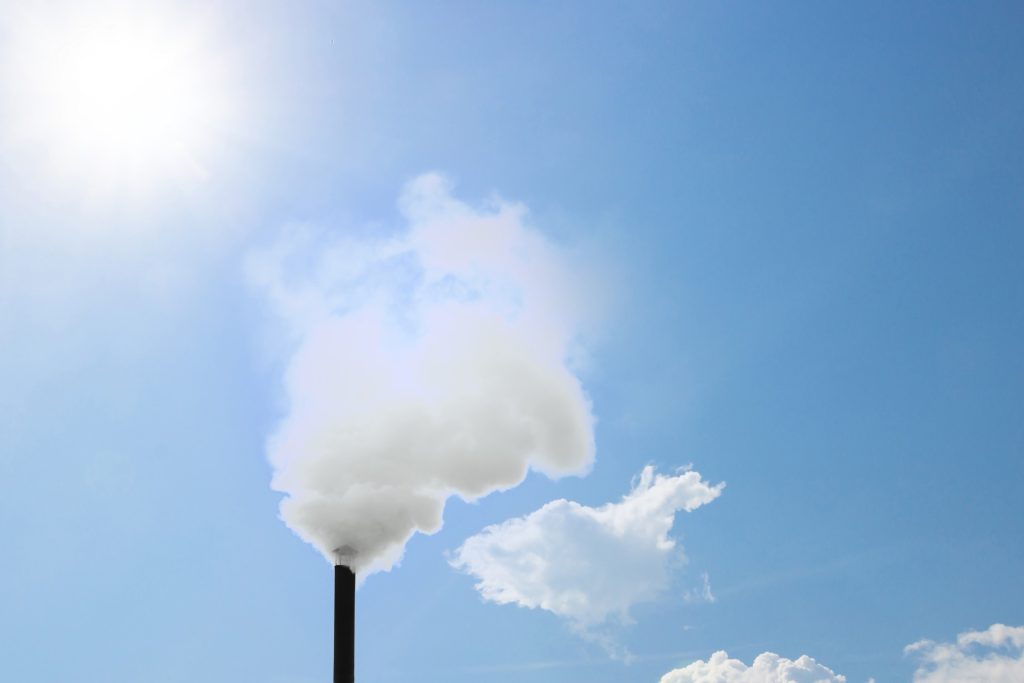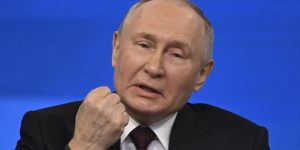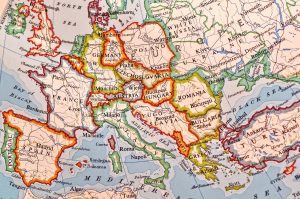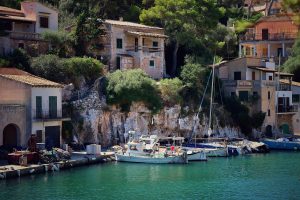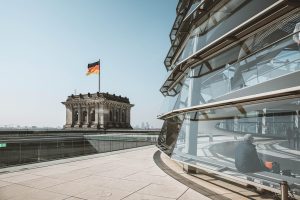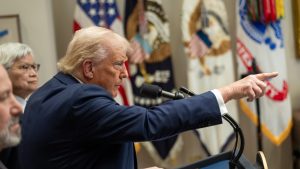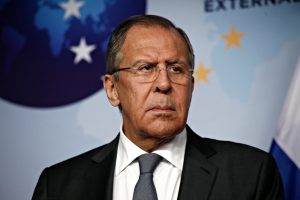The death of a pope triggers a series of ancient traditions, some dating back to the Roman Empire. Here’s what would unfold if Pope Francis were to pass away.
Others are reading now
With Pope Francis hospitalized due to double pneumonia, concerns about the future leadership of the Catholic Church have intensified. The passing of a pope is a moment of global significance, marked by centuries-old customs that ensure a smooth transition of power.
While Francis has opted for a more modest funeral, the Vatican still follows a structured protocol that includes a period of mourning, a papal conclave, and the election of a new pontiff.
The Official Declaration of Death
Traditionally, the responsibility of confirming a pope’s death falls on the camerlengo, currently Cardinal Kevin Farrell. He is expected to visit the pope’s private chapel, call his name three times, and—if there is no response—declare his passing. While this ritual remains largely symbolic, doctors officially confirm the death through medical procedures.
At this moment, the pope’s official seal is destroyed, marking the end of his papacy. His private apartments are sealed, and the Vatican issues a formal statement to the world.
Also read
Nine Days of Mourning
Following the announcement, the Catholic Church enters a nine-day mourning period known as Novendiale, a tradition rooted in ancient Rome. The pope’s body is dressed in papal vestments and displayed in St. Peter’s Basilica, where hundreds of thousands of mourners, including world leaders, pay their final respects.
Pope Francis has requested a simpler funeral than his predecessors, opting to be buried in a single wooden coffin rather than the traditional three-layered caskets. He has also chosen to be laid to rest at Santa Maria Maggiore in Rome, rather than in the Vatican Grottoes beneath St. Peter’s Basilica.
The Election of a New Pope
Once the funeral is complete, the Vatican enters a transitional phase known as sede vacante (Latin for “the seat is vacant”). During this period, the College of Cardinals temporarily oversees Church affairs, though no major decisions can be made until a new pope is elected.
The papal conclave, the highly secretive process of electing a new pope, takes place inside the Sistine Chapel. Only cardinals under the age of 80 are allowed to vote, and a two-thirds majority is required to select the next leader of the Church. The ballots are burned after each round of voting—black smoke signals no decision, while white smoke indicates that a new pope has been chosen.
Once a decision is reached, the new pope is introduced to the world with the announcement “Habemus Papam” (“We have a pope”). The elected pontiff then steps onto the balcony of St. Peter’s Basilica to greet the faithful, marking the beginning of his papacy.
The Future of the Catholic Church
The election of a new pope is more than a religious event—it has global implications, influencing diplomatic relations and humanitarian efforts worldwide. With Pope Francis’ progressive approach shaping the Church for over a decade, the next leader will face the challenge of either continuing his legacy or taking the Church in a new direction.
As concerns about Francis’ health continue, the world watches closely, aware that his eventual passing will set in motion one of the Vatican’s most time-honored traditions.

